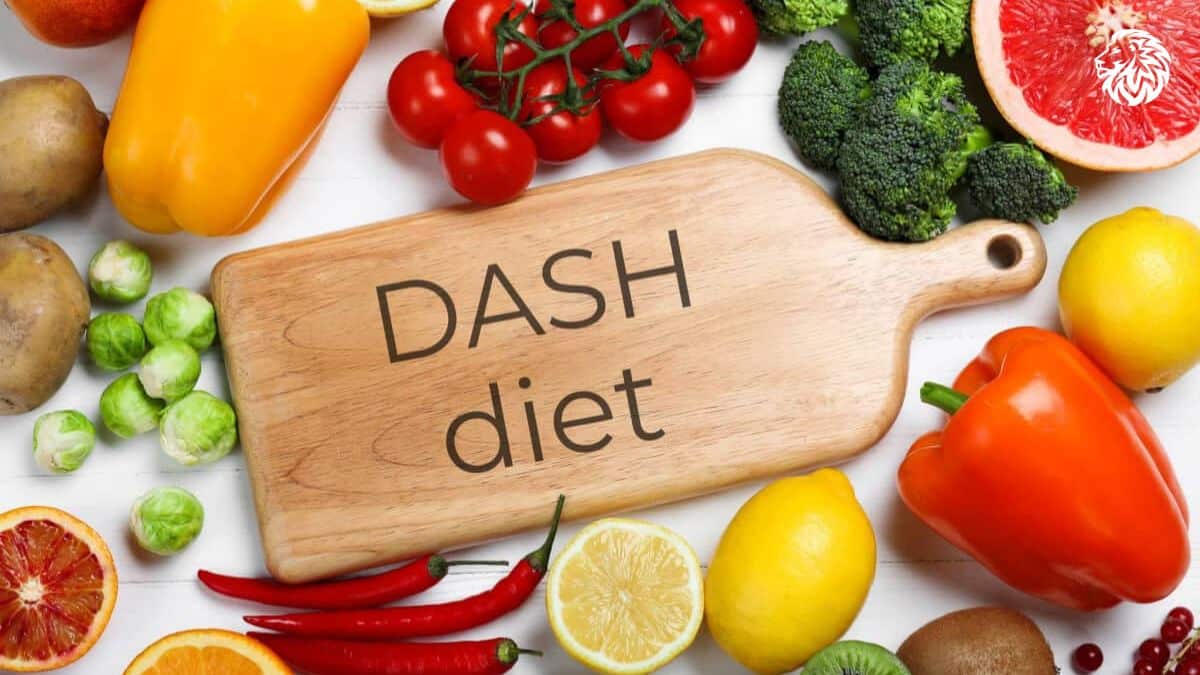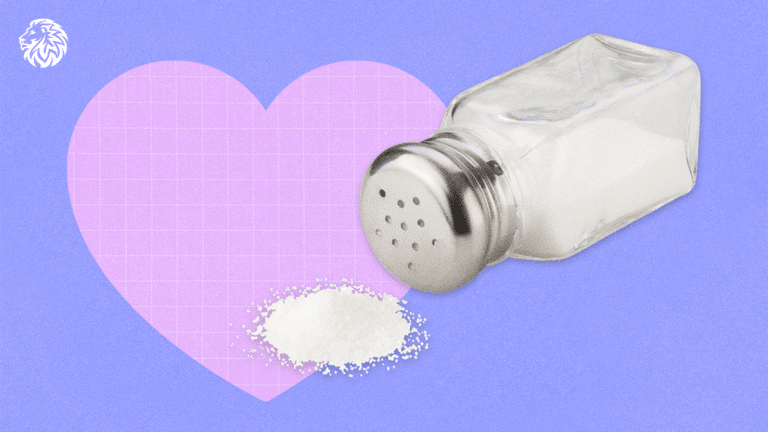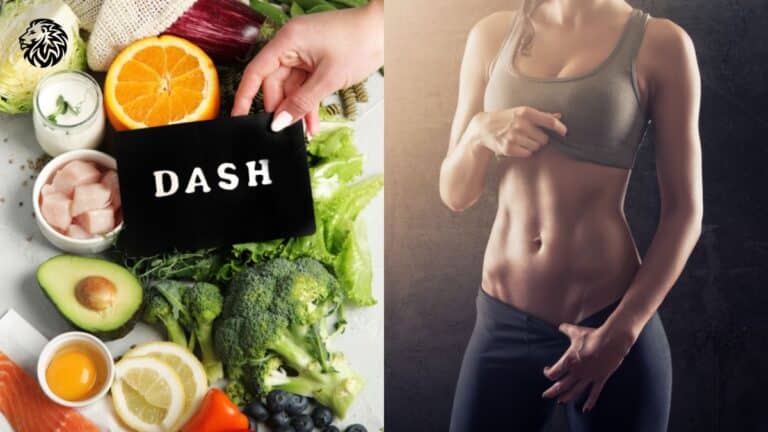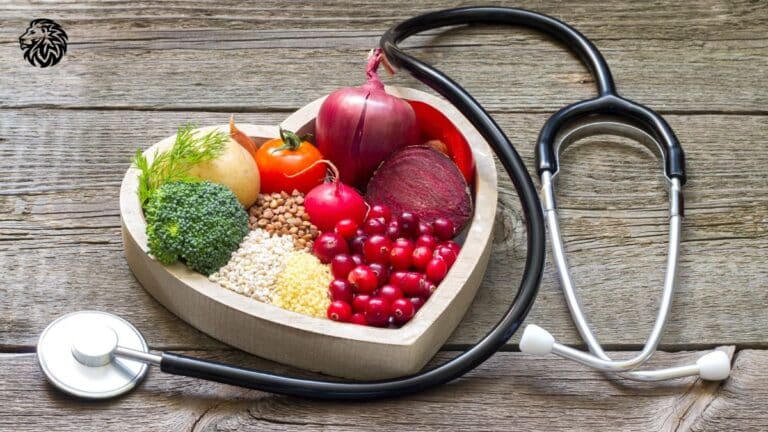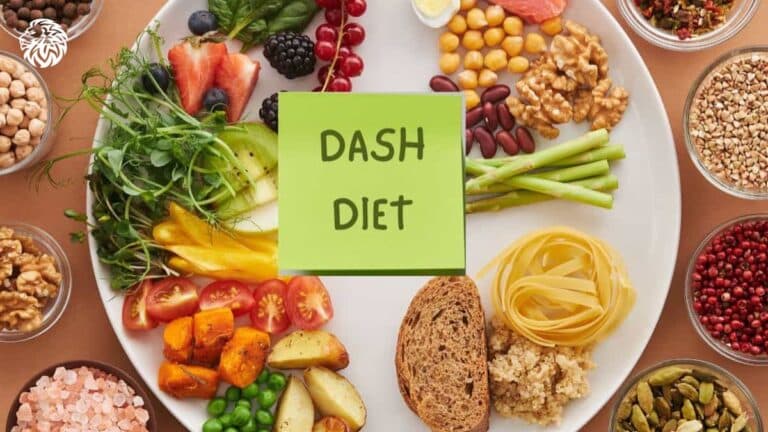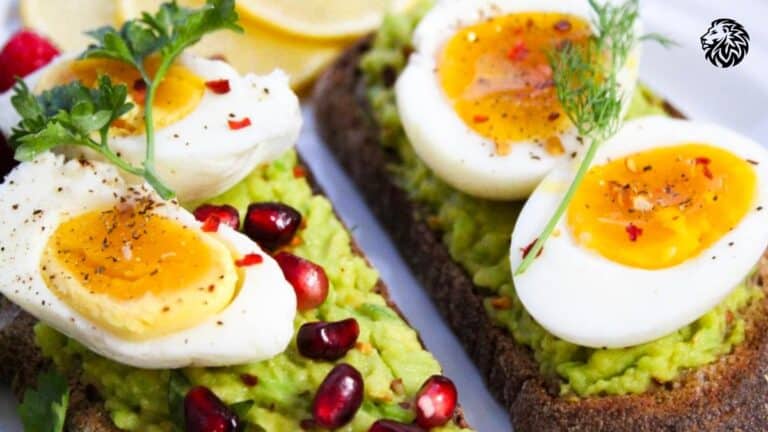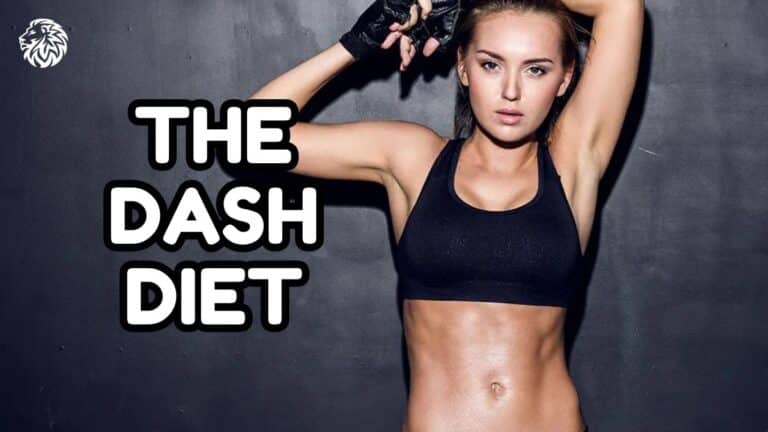The DASH diet (Dietary Approaches to Stop Hypertension) is designed to help lower blood pressure and promote heart health. It emphasizes eating whole foods that are rich in nutrients like potassium, calcium, and magnesium while keeping sodium intake in check. Following a DASH diet meal plan can not only improve heart health but also support weight management and overall well-being.
In this blog post, we’ll outline what a typical DASH diet meal plan looks like, offering examples for breakfast, lunch, dinner, and snacks. We’ll also explain the key components of the diet and how to tailor it to your specific needs.
Key Components of the DASH Diet
Before diving into the meal plan, it’s important to understand the key components that make up the DASH diet:
- Fruits and Vegetables: These form the backbone of the DASH diet. They’re packed with essential nutrients and fiber.
- Whole Grains: Foods like brown rice, oats, and whole-wheat bread are excellent sources of complex carbohydrates and fiber.
- Lean Proteins: The diet includes lean meats like poultry and fish, along with plant-based proteins such as beans and nuts.
- Low-Fat Dairy: Dairy products, such as milk, yogurt, and cheese, provide calcium and vitamin D but should be low in fat.
- Healthy Fats: Instead of saturated fats, the DASH diet encourages healthy fats from sources like olive oil, avocados, and nuts.
- Low Sodium: One of the key goals is to limit sodium intake to 2,300 mg per day or 1,500 mg for those who need further reduction.
Now, let’s break down a meal plan that aligns with these components.
Sample 7-Day DASH Diet Meal Plan
Here’s a sample 7-day meal plan that follows DASH diet guidelines. This plan includes meals that are easy to prepare, delicious, and packed with nutrients.
Day 1
- Breakfast:
- Oatmeal topped with fresh berries and a tablespoon of flaxseeds.
- Low-fat yogurt on the side.
- Lunch:
- Grilled chicken salad with mixed greens, tomatoes, cucumbers, and a light vinaigrette.
- A slice of whole-grain bread.
- Snack:
- Carrot and cucumber sticks with hummus.
- Dinner:
- Baked salmon with a side of quinoa and steamed broccoli.
- A mixed green salad with olive oil and lemon dressing.
Day 2
- Breakfast:
- Whole-grain toast with almond butter and banana slices.
- A glass of low-fat milk.
- Lunch:
- Turkey and avocado wrap in a whole-wheat tortilla, filled with spinach and tomatoes.
- A side of fruit, such as apple slices.
- Snack:
- A small handful of unsalted almonds.
- Dinner:
- Stir-fried tofu with vegetables (bell peppers, onions, and zucchini) served over brown rice.
- A side of steamed green beans.
Day 3
- Breakfast:
- Smoothie made with spinach, a frozen banana, low-fat yogurt, and a tablespoon of chia seeds.
- Lunch:
- Lentil soup with a whole-grain roll.
- A small green salad with a simple olive oil dressing.
- Snack:
- A piece of fruit, such as a pear or orange.
- Dinner:
- Grilled chicken breast with roasted sweet potatoes and sautéed kale.
- A slice of whole-grain bread.
Day 4
- Breakfast:
- Scrambled eggs with spinach and mushrooms.
- Whole-grain toast.
- Lunch:
- Quinoa salad with black beans, corn, tomatoes, and cilantro.
- A side of mixed greens.
- Snack:
- Low-fat cottage cheese with pineapple chunks.
- Dinner:
- Grilled shrimp served with a brown rice pilaf and steamed asparagus.
- A small side salad with olive oil dressing.
Day 5
- Breakfast:
- Greek yogurt topped with mixed berries, chia seeds, and a drizzle of honey.
- Lunch:
- Whole-wheat pita stuffed with grilled vegetables and hummus.
- A small mixed fruit salad on the side.
- Snack:
- Celery sticks with peanut butter.
- Dinner:
- Baked cod with a side of roasted Brussels sprouts and quinoa.
- A mixed green salad.
Day 6
- Breakfast:
- Whole-grain cereal with low-fat milk and a sliced banana.
- Lunch:
- Turkey and spinach wrap in a whole-wheat tortilla, with a side of baby carrots.
- Snack:
- A small handful of mixed nuts (unsalted).
- Dinner:
- Chicken and vegetable stir-fry (using olive oil) served over brown rice.
- A side of steamed broccoli.
Day 7
- Breakfast:
- Whole-wheat toast with avocado and a poached egg.
- A glass of low-fat milk.
- Lunch:
- Mixed greens salad with grilled chicken, chickpeas, and a lemon vinaigrette.
- A slice of whole-grain bread.
- Snack:
- Sliced bell peppers with hummus.
- Dinner:
- Grilled turkey burger on a whole-wheat bun with a side of sweet potato fries.
- A mixed green salad.
Snacks for the DASH Diet
In addition to your main meals, snacks play an important role in keeping you satisfied throughout the day. On the DASH diet, it’s important to choose snacks that are nutrient-rich and low in sodium. Here are some healthy snack ideas that fit the DASH diet:
- Fresh fruit (apples, oranges, berries)
- Raw vegetables with hummus
- A small handful of unsalted nuts
- Greek yogurt with a sprinkle of chia seeds
- Cottage cheese with sliced fruit
- Whole-grain crackers with avocado or low-fat cheese
Tips for Success on the DASH Diet
- Meal Prep: Preparing meals ahead of time can make sticking to the DASH diet easier, especially during busy weeks. Try to set aside time during the weekend to plan, shop, and cook meals in advance.
- Read Labels: When grocery shopping, be mindful of sodium content in packaged foods. Opt for products labeled “low sodium” and choose fresh ingredients when possible.
- Spice it Up: Flavor your dishes with herbs and spices rather than relying on salt. Fresh garlic, basil, cilantro, and cumin can add a lot of flavor to your meals.
- Stay Hydrated: Drink plenty of water throughout the day. Avoid sugary drinks and limit your intake of coffee and alcohol.
- Portion Control: While the DASH diet encourages healthy eating, it’s important to pay attention to portion sizes to prevent overeating.
Customizing Your DASH Diet Plan
The beauty of the DASH diet is its flexibility. While the plan outlined above is a general guide, you can easily adjust portion sizes and food choices based on your personal health goals and dietary preferences. For example, if you’re trying to lose weight, you might reduce portion sizes slightly or incorporate more vegetables and lean protein into your meals.
Similarly, if you’re vegetarian or vegan, the DASH diet can be adapted by emphasizing plant-based proteins like beans, lentils, and tofu. You can still meet your protein needs while following the core principles of the diet.
Conclusion
The DASH diet offers a balanced and flexible approach to eating that promotes heart health, weight management, and overall wellness. By following a meal plan rich in fruits, vegetables, whole grains, lean proteins, and healthy fats, you can enjoy delicious meals that also support your health goals. With a little planning and some creativity, you’ll find that sticking to the DASH diet is both satisfying and rewarding.
References
- Soltani, S., Shirani, F., Chitsazi, M. J., Salehi-Abargouei, A. (2021). The effect of the Dietary Approaches to Stop Hypertension (DASH) diet on metabolic risk factors in patients with chronic disease: A systematic review and meta-analysis of randomized controlled trials. Journal of the American Heart Association, 10(17), e020304. https://pubmed.ncbi.nlm.nih.gov/34353704/
- Mayo Clinic. (n.d.). DASH diet: Healthy eating to lower your blood pressure. Mayo Clinic. https://www.mayoclinic.org/healthy-lifestyle/nutrition-and-healthy-eating/in-depth/dash-diet/art-20047110
- National Heart, Lung, and Blood Institute. (n.d.). Your guide to lowering your blood pressure with DASH: A week with the DASH eating plan. https://www.nhlbi.nih.gov/sites/default/files/publications/WeekOnDASH.pdf
- National Heart, Lung, and Blood Institute. (n.d.). DASH eating plan. https://www.nhlbi.nih.gov/education/dash-eating-plan
- Cleveland Clinic. (2023, February 6). DASH diet: What is it, meal plans and recipes. https://health.clevelandclinic.org/dash-diet-what-is-it-meal-plans-and-recipes
- National Kidney Foundation. (n.d.). DASH diet menu. https://www.kidney.org/kidney-topics/dash-diet-menu
